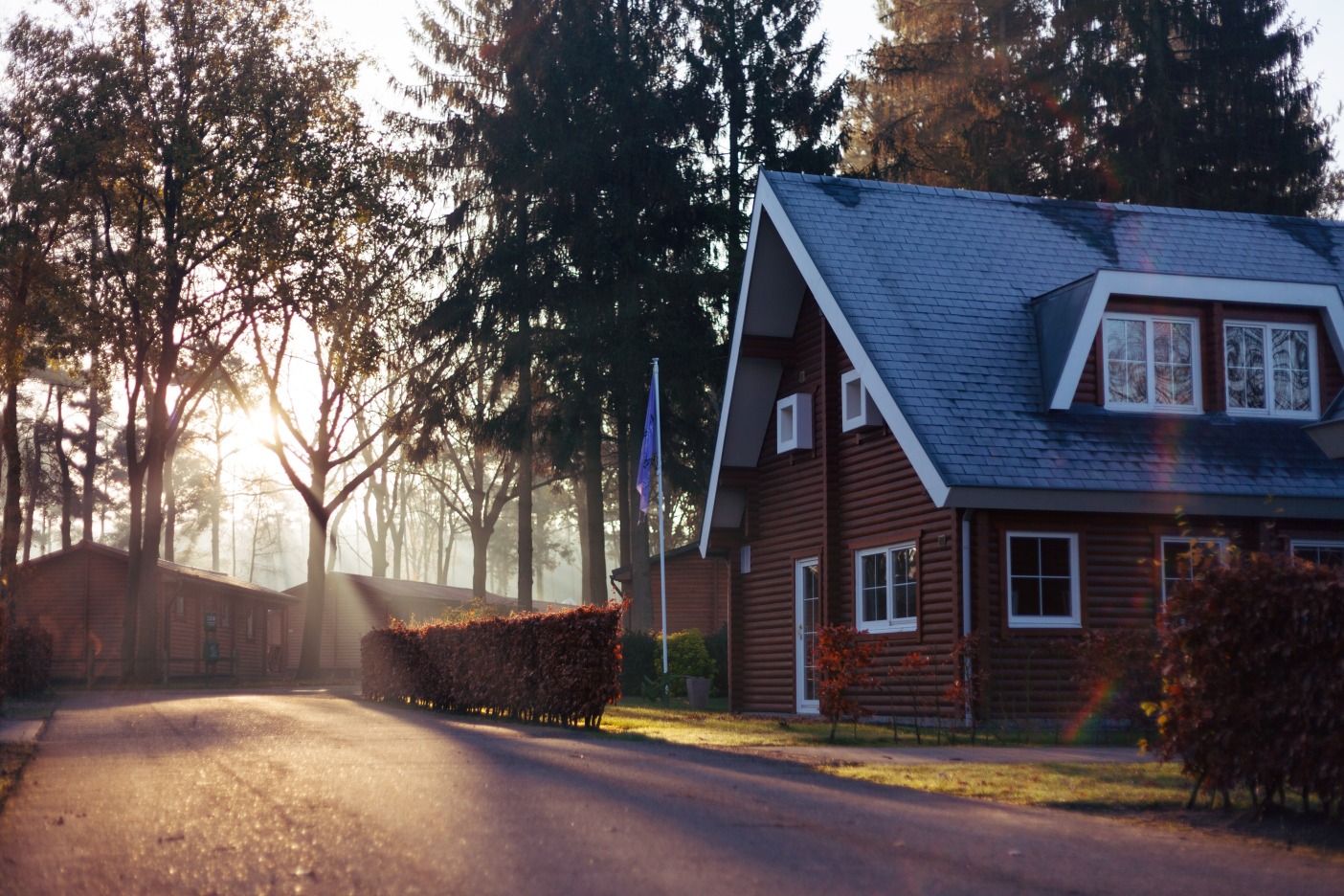Top Issues Homeowners Miss When Inspecting a Home
by Theresa Hus
Home buying can be a treacherous affair. Homes are complex and high maintenance structures that require constant upkeep, and many homeowners are simply not up to the task. Small issues, left unattended, can develop into much more serious issues that can threaten the livability or even the structural integrity.
As you might expect, there are plenty of unscrupulous or unaware home sellers who, either due to ignorance or malintent, don't share this information with prospective home buyers.

So how do you uncover these flaws that account for one of the deepest pitfalls of the home buying experience? Well, obviously, you'll want to do a walkthrough of any property you're thinking of buying; but how will you know what to look for?
Fortunately, we're here to help. In this article, we've put together some of the most common problems and issues, from minor things that may prove a mild inconvenience in the future, to major red flags that could make or break the deal. Without any further ado, let's take a look at some of the most common pitfalls that must be avoided at all costs!
1. Termites
Of all the different types of structural damage, termite damage is among the most insidious. Cousins to the unassuming ant, these minuscule house demolition insects form colonies that will slowly but surely gnaw through anything made out of untreated timber. The worst thing about these horrid little insects is how stealthy they are.
As they only care for wood, termites will ignore most of the cosmetic outer shell of a home, going instead for the structural bits like the studs in interior walls and support pillars holding up the structure.
Building extensive colonies inside, underneath and in the attics of homes across the United States, termites have destroyed countless homes and made for many an unpleasant surprise for new homeowners.
So how do you avoid buying a home with termite damage? First of all, look for the signs. Termites attack anything made of wood, most of which can be found in the structural bits of the house. Look for sagging or bowed floors, strange maze-like patterns on wood in the attic or in the crawl space, and mud hills situated around the perimeter of the house. While some of the entries on this list aren't necessarily a deal breaker, finding evidence of this one should give serious pause to anyone not ready to do extensive work on the structure.
2. Roof Damage
Stolidly sitting atop your home, keeping you safe from the wind and the rain, your roof is a bastion against the elements that makes your home feel safe and secure. But what happens when your roof becomes a little bit less effective as that bastion? Roof damage can be the result of natural events such as treefall or hail and can easily go unnoticed by homebuyers. When left unchecked, it can have devastating effects on your home's structure and interior.

If it is recent enough, the effects of roof damage-related leakage can be minimal; nearly unnoticeable water stains here and there, perhaps some slightly bowed ceilings. In more advanced cases, there may be visible damage to the roof itself. While shingled roofs are most susceptible to this type of damage, the rubber seals on screws used to fasten metal roofs can weather with age, causing leakage that is far less visible.
So is roof damage a deal breaker? Well, it depends on the severity of the damage, and how long it has gone unprepared. If the damage hasn't gone unchecked for too long, the house might simply require minor repairs, or a bit of interior refinishing. If it has been left longer, leakage may have caused severe structural damage and might require extensive structural renovation. If you aren't keen on this sort of thing, you might want to keep looking.

3. Electrical Issues/Faulty Wiring
As anyone with any experience in home buying can tell you, electrical issues in a house are a big deal. In addition to the highly concerning risk of an electrical fire, electrical issues are simply a hassle to deal with. A house that was poorly wired during its construction will pose innumerable problems to any home buyer unfortunate enough to have made such an ill-advised purchase.
If you want to avoid such issues, the best way to do exactly that is to bring an electrician with you to check the quality and state of the wiring in the house. An experienced electrician will quickly be able to tell exactly where the builders went wrong, if they did in fact make mistakes or cut corners.
All in all, no home is perfect. You're never going to find a home with absolutely no problems, design shortcomings or inconveniences, unless you design and build it yourself. At the end of the day, buying a house isn't about finding one that has no flaws; it's about finding one that you can make your home.
About the Author
Theresa is a member of the content team at The OFFICIAL Real Estate Agent Directory®, producing countless informative and trendy real estate articles for RealEstateAgent.com and its many outlets.
